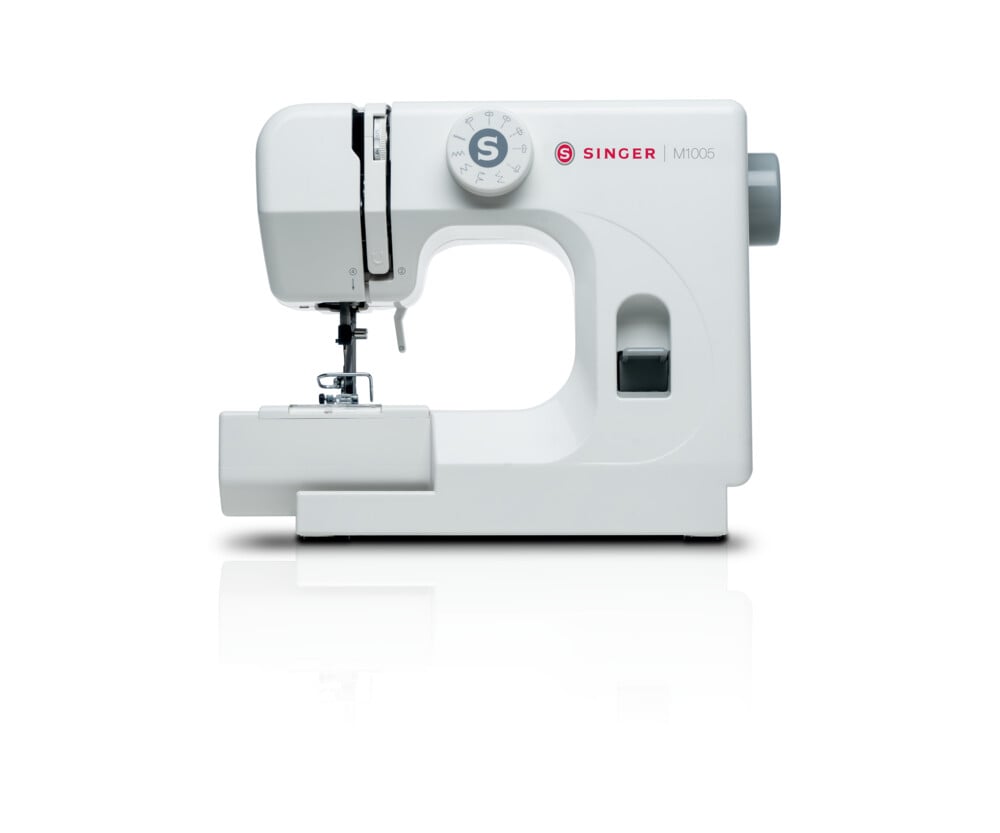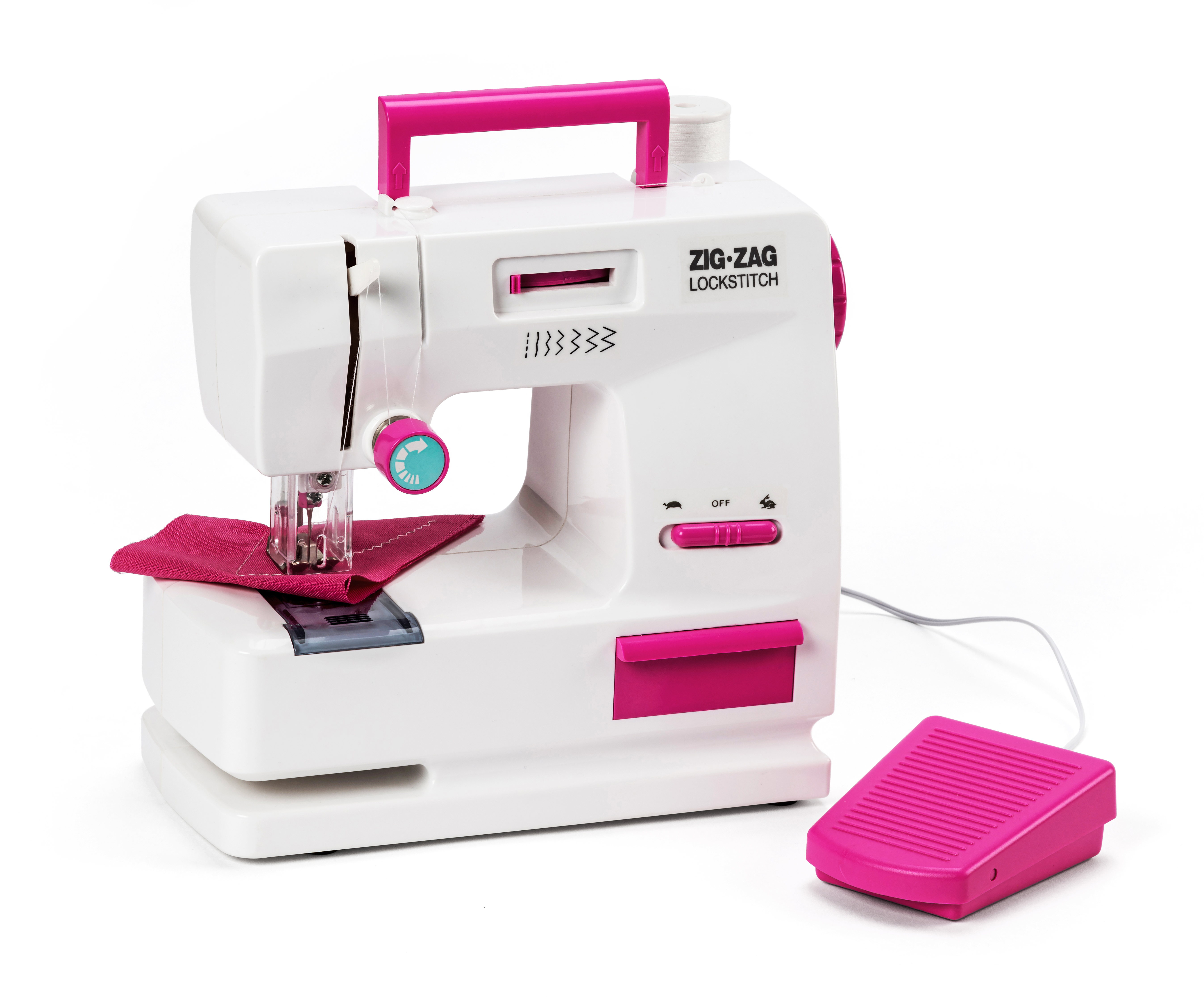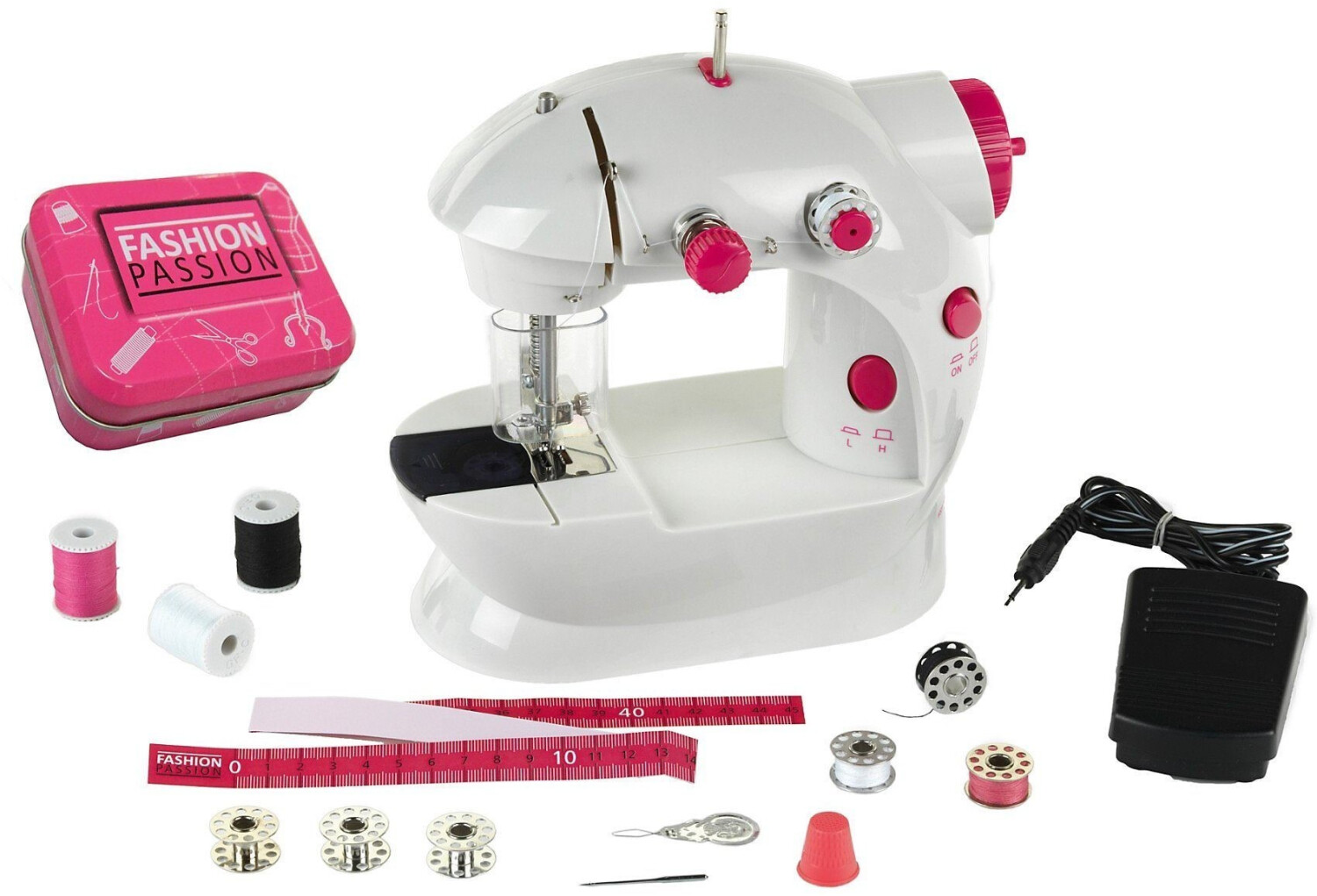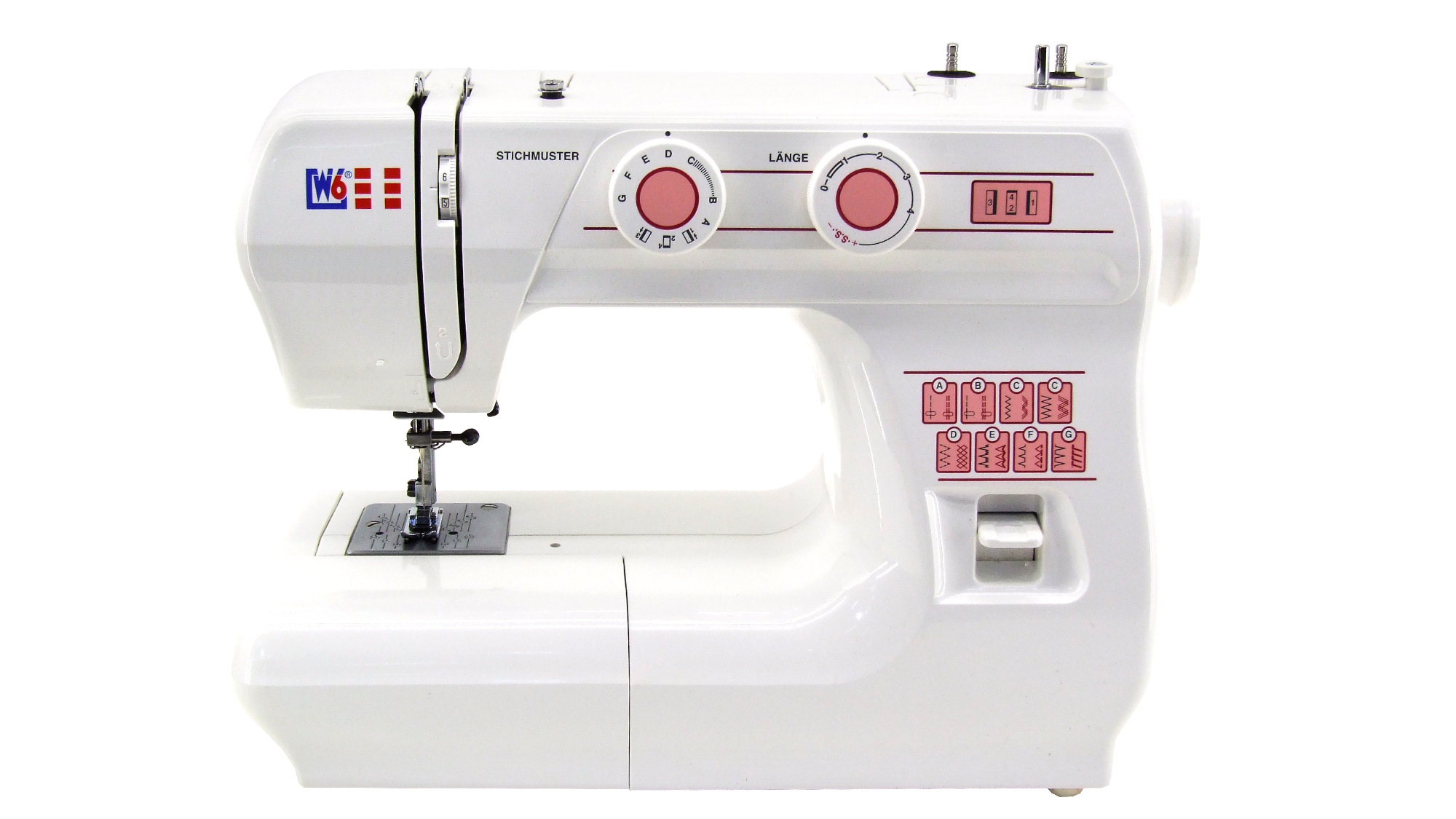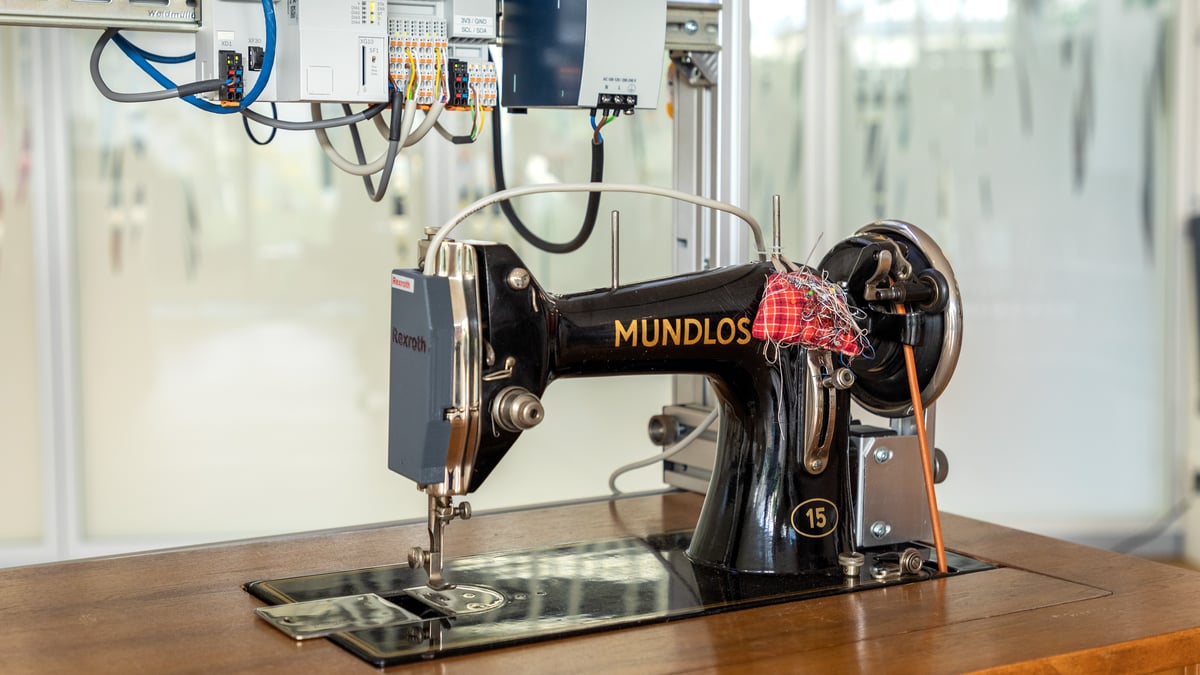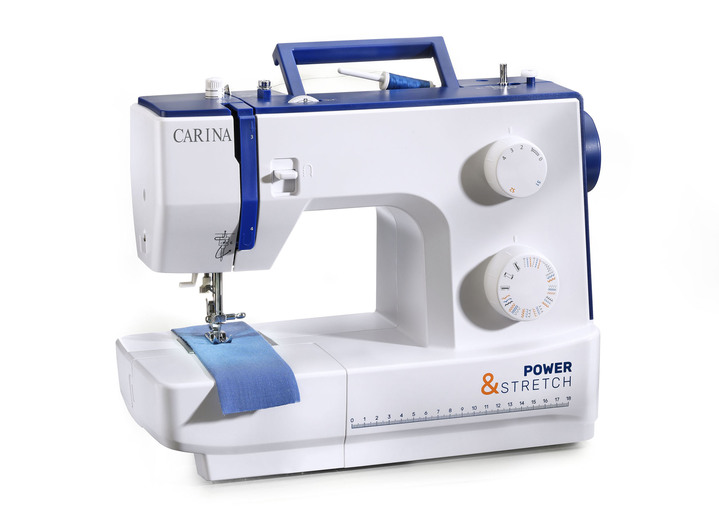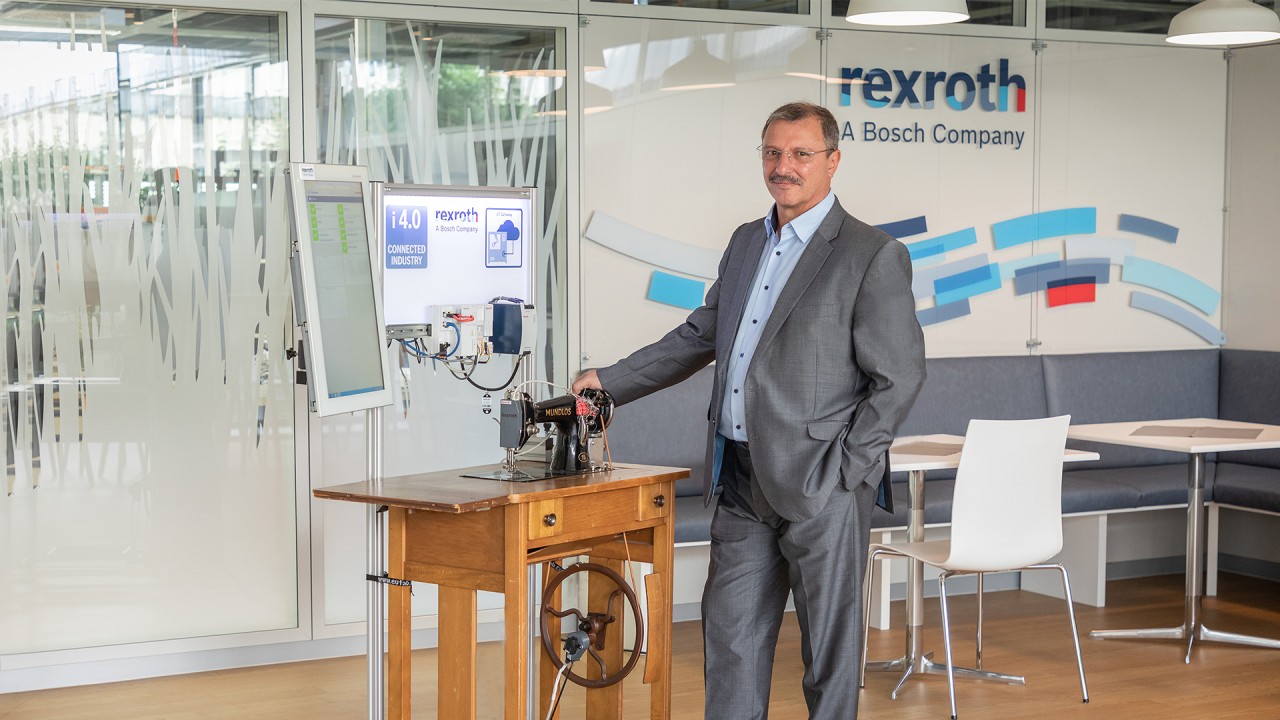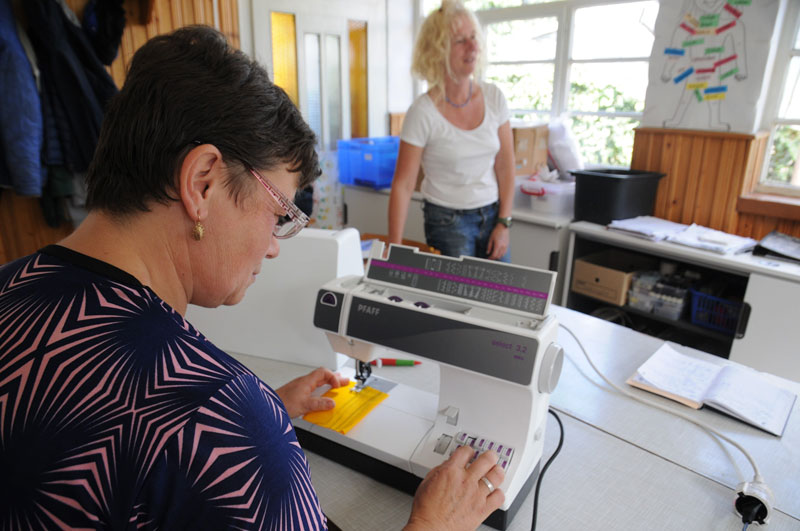
Theo Klein 7901 Fashion Passion Kinder-Nähmaschine | Mit Fußpedal, 2 Geschwindigkeitsstufen und vielem Zubehör | Batterie- und Handbetrieb | Für Kinder ab 8 Jahren : Theo klein: Amazon.de: Spielzeug

Pfaff Nähmaschine, Bosch Motor in Baden-Württemberg - Bühlertal | Kunst und Antiquitäten gebraucht kaufen | eBay Kleinanzeigen ist jetzt Kleinanzeigen
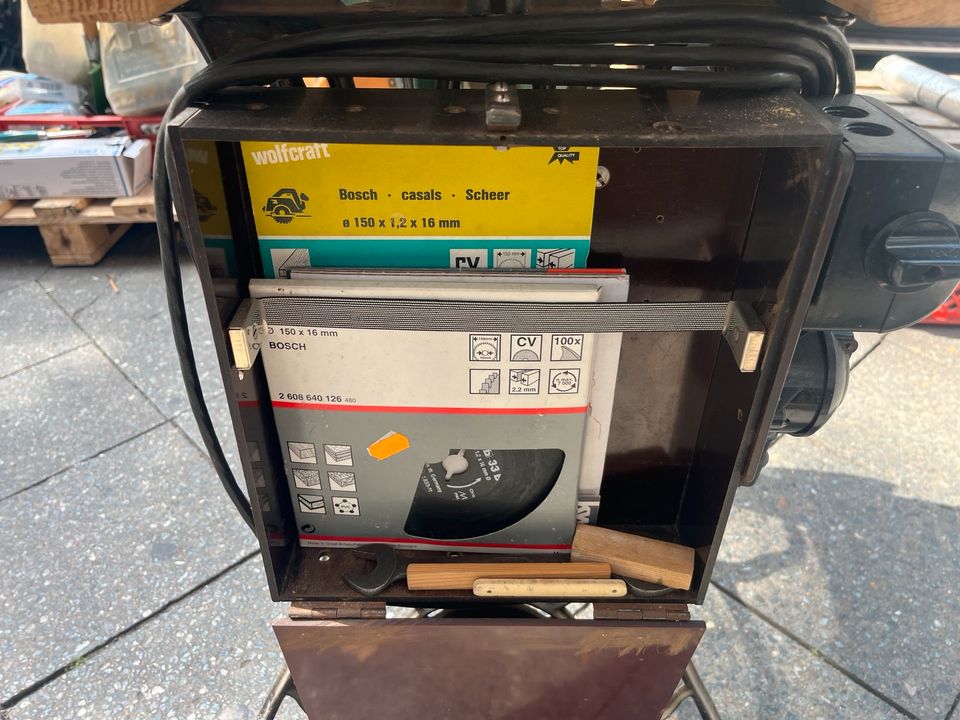
Rarität Nähmaschine umgebaut auf Tischkreissäge+Bosch+Sägeblätter in Mitte - Wedding | Heimwerken. Heimwerkerbedarf gebraucht kaufen | eBay Kleinanzeigen ist jetzt Kleinanzeigen

Rarität Nähmaschine umgebaut auf Tischkreissäge+Bosch+Sägeblätter in Mitte - Wedding | Heimwerken. Heimwerkerbedarf gebraucht kaufen | eBay Kleinanzeigen ist jetzt Kleinanzeigen

Nähen maschine Direct drive energy-saving motor Motor 220V Overlock nähmaschine Overlock nähmaschine Bosch 7000 Schweigen - AliExpress
Singer Nähmaschine »Quantum Stylist 9960«, 600 Programme, 600 Stiche mit 3 Jahren XXL Garantie | Universal.at

VERITAS Carmen Nähmaschine, Kunststoff/Metall, Weiss/rot, 44 x 21 x 29 cm : Amazon.de: Küche, Haushalt & Wohnen




